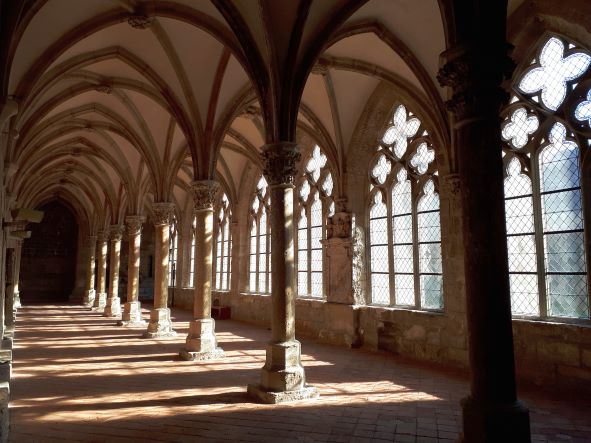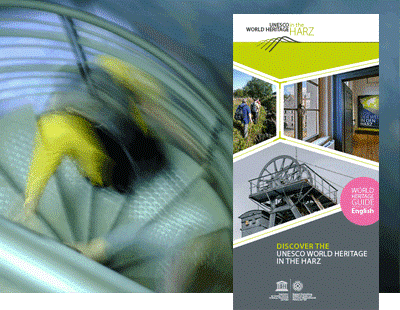Historic mining 3D –
an interdisciplinary project for researching the historic mining heritage in the Harz
Since March 2018, the Office for Mining Archaeology of the State Office for Historic Monuments of Lower Saxony, the World Heritage Rammelsberg and the Institute of Geotechnical Engineering and Mine Surveying at Clausthal University of Technology have been carrying out the project "Historic Mining 3D. An interdisciplinary project for researching the historic mining heritage in the Harz". Further partners are the Foundation for UNESCO World Heritage in the Harz as well as the company Bergbau Goslar GmbH. The research project is being fully financed for three years by the Federal Ministry of Education and Research with around half a million euros.
Historic Mining 3D is concerned with two areas: the mine workings of today's World Heritage Rammelsberg and the historic mining models, mainly from the collection of the Upper Harz Mining Museum in Clausthal-Zellerfeld. In the year 2020, parallel to the redesign of the exhibition as part of the TRAFO Project, several models in the collection were digitalized. These included the model of the Upper Harz ore vein mining that was designed and built by Mine Surveyor Oscar Langer in 1929. The three-dimensional presentation of the terrain surface in this model was achieved with the help of wires, which show the contour lines in the landscape. Embedded in these are projections of the Upper Harz ore veins and drag zones (tectonic breakdown areas along geological faults) as well as bodies of water and settlements. The three-dimensionality underground is presented by profiles of the mine workings along the ore veins. The three-dimensional digitalization of the model took place using the Structure from Motion (SfM) technology. A total of 406 photos were used to create a three-dimensional point cloud with more than 50 million points.

![[Translate to english:] 3D-Digitalisierung des Gangzeuge-Modell [Translate to english:] 3D-Digitalisierung des Gangzeuge-Modell](/fileadmin/_processed_/9/9/csm_slide-projekte-altbergbau3D-kamerastativ-bergwerk-so_b1b7be957b.jpg)






